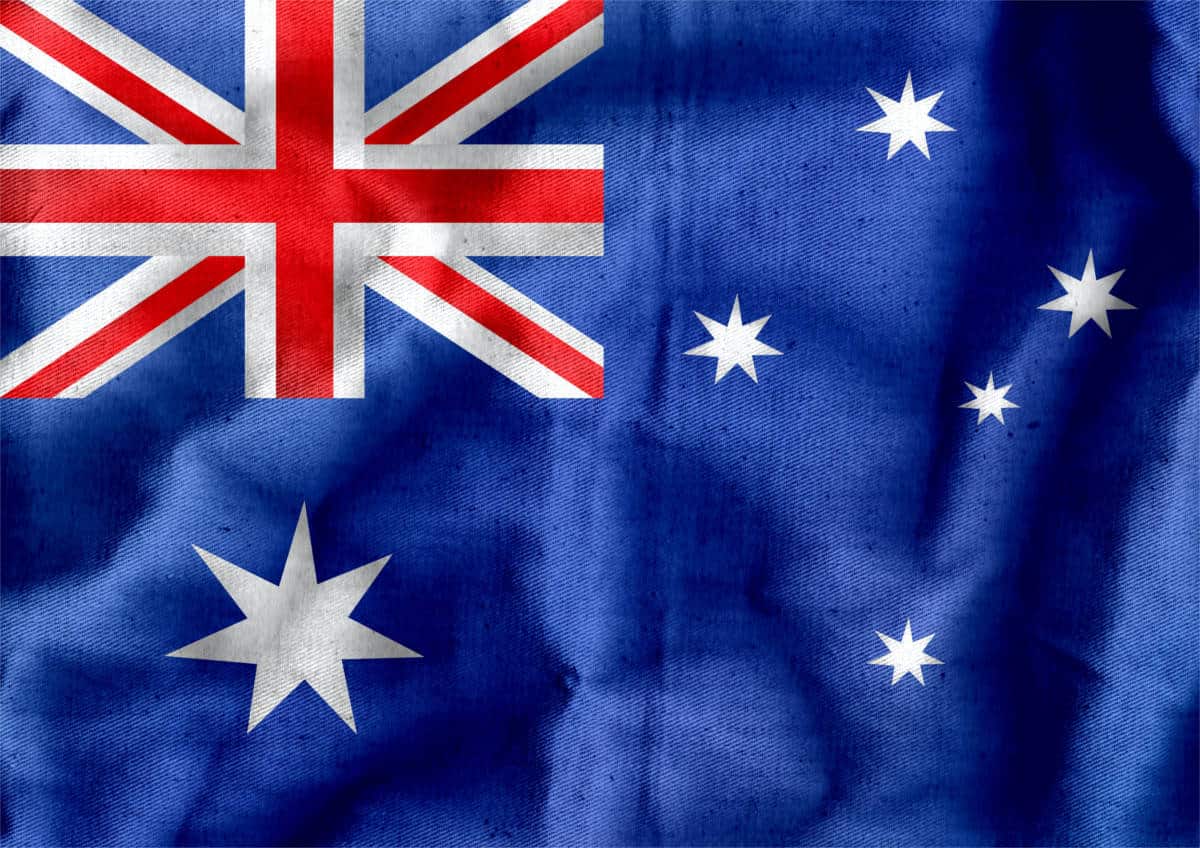Australia has spent more than it earns since 1901

A budget deficit is when a government spends more money than it earns through tax and non-tax revenues. The Australian government with a few one-off exceptions has spent more than it has earned for 121 years.
How can a government spend more than it earns?
Australia is not a finite household. It’s a country with its own currency and therefore a few options to spend money that it does not have:
- Quantitative easing – The reserve bank can increase the supply of money by buying government bonds from banks and pension funds, pumping cash into the economy and devaluating the Australian dollar. In other words, the RBA can simply print cash. The government will need to pay this money back to itself but with interest rates so low, the government will be paying back less than their original debt at bond maturity.
- Borrow money from outside Australia (the world bank and other countries).
In 2008, the federal debt was 60 billion. Just a decade on and the debt ballooned to 531 billion. Net debt is now expected to reach just short of 1 trillion by 2025.
So when will we have to pay this money back?
According to Modern Monetary Theory (MMT), if we keep producing enough goods and services to be bought by the amount of cash in our economy, inflation will not be a by-product of printing money. In theory, the government will never need to pay the total debt back. If MMT is valid, a government’s decision to spend should then be dictated by goods and service production rather than national debt.
Whether MMT turns out to be problematic or not, only time will tell. Is it the new way to run federal banks or will the world end up like Zimbabwe where the cost of goods increases by 5 times per year?
